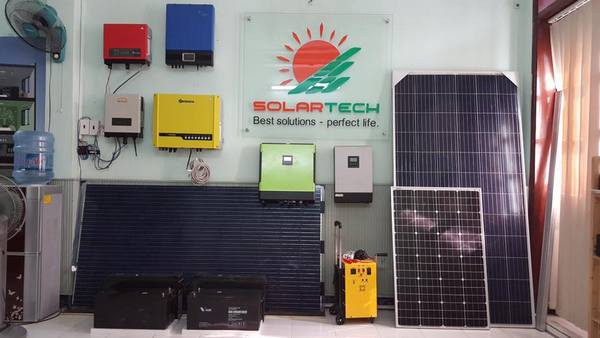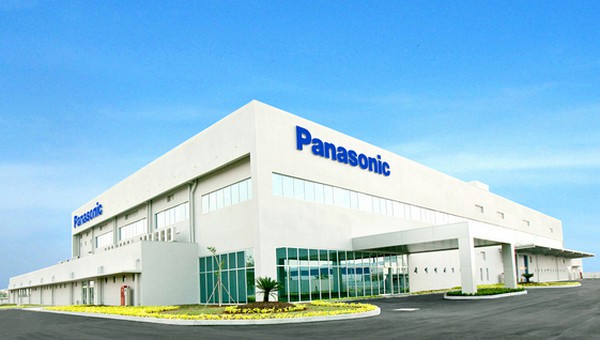Chưa được phân loại
Precisely what is Data Storage space Virtualization?
Data storage virtualization is the être of management from the fundamental physical hardware. This enables IT to assemble scalable pools of data storage capacity that are used by hosts or some as if these were locally based mostly.
Almost all storage space in the data center is virtualized. iSCSI volumes, Fibre Channel LUNs and SANs apply RAID are usually examples of storage space virtualization. Actually even EM file web servers are a way of storage virtualization because they will translate an underlying SMB or NFS volume into one that the client program can get. Deduplication, compression and object storage are extra types of storage virtualization.
Storage virtualization offers a lot of advantages. Easier management is a key advantage because a one console displays storage from many different physical systems that may be scattered throughout the network. This simplifies protection and reduces the risk that some systems might run at or around capacity while other people are underutilized. This approach could also extend the life of elderly systems that may otherwise always be slated for replacement.
Cheaper is another benefits because iDeals data room it eradicates the need for components redundancies. Once paired with storage space virtualization, which will enables applications to be migrated between hardware, this minimizes the need for high-priced backups and supplies improved availability by eliminating a single level of inability in the equipment. Finally, reducing the number of devices that must be maintained at all times reduces energy and cooling costs as well as the neet to purchase extra hardware just to connect with peak work loads.






